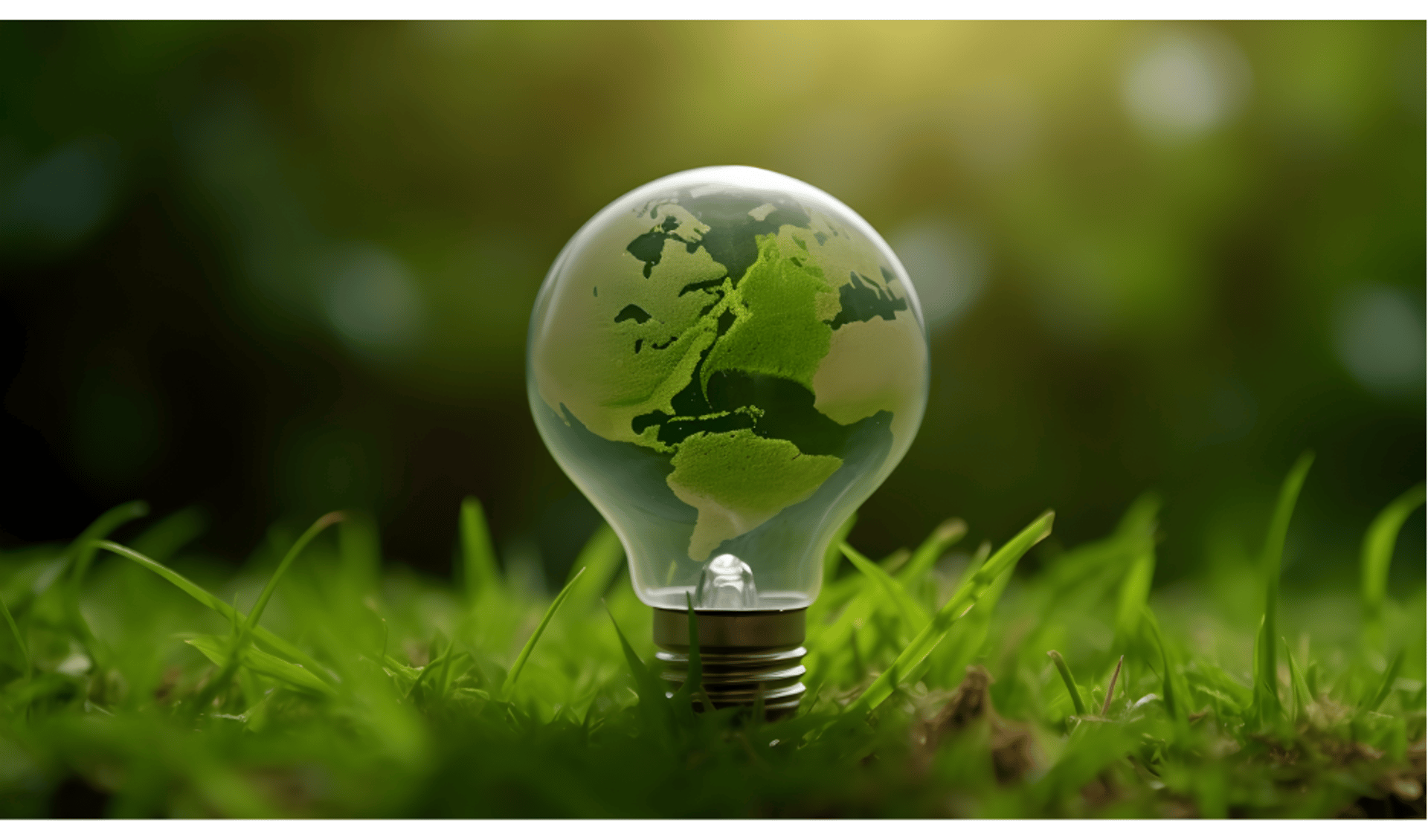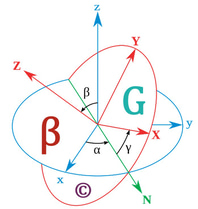Top 5 Energy-Efficient Technologies for Modern Data Centers
In today’s digital age, data centers are the backbone of global connectivity, powering everything from cloud computing to artificial intelligence. However, as the demand for data processing grows, so does the energy consumption of these facilities. According to the International Energy Agency (IEA), data centers account for nearly 1% of global electricity demand—a number that continues to rise.
ELECTRICAL ENGINEERINGSUSTAINABILITYENERGY
Engr. Benjamin V. Gonzales Jr.
3/17/20252 min read
In today’s digital age, data centers are the backbone of global connectivity, powering everything from cloud computing to artificial intelligence. However, as the demand for data processing grows, so does the energy consumption of these facilities. According to the International Energy Agency (IEA), data centers account for nearly 1% of global electricity demand—a number that continues to rise.
The good news? Innovative energy-efficient technologies are transforming the way data centers operate, reducing their environmental footprint while maintaining peak performance. In this blog, we’ll explore the top five energy-efficient technologies that are shaping the future of modern data centers.
1. Liquid Cooling Systems
Traditional air-cooling methods are becoming less effective as data centers handle higher workloads and generate more heat. Liquid cooling, on the other hand, offers a more efficient solution by directly cooling servers with a liquid coolant. This technology not only reduces energy consumption but also allows for higher-density server configurations.
Why it matters: Liquid cooling can reduce cooling energy usage by up to 50%, making it a game-changer for high-performance data centers.
2. AI-Driven Energy Management
Artificial Intelligence (AI) is revolutionizing data center operations by optimizing energy usage in real time. AI-driven systems analyze data from sensors, servers, and cooling equipment to make adjustments that maximize efficiency. For example, Google’s DeepMind AI reduced its data center cooling costs by 40% through predictive analytics.
Why it matters: AI enables data centers to operate at peak efficiency, minimizing waste and lowering operational costs.
3. Renewable Energy Integration
Many data centers are now transitioning to renewable energy sources like solar, wind, and hydropower. Companies like Google and Microsoft have committed to powering their data centers with 100% renewable energy, significantly reducing their carbon footprint.
Why it matters: Renewable energy not only reduces reliance on fossil fuels but also ensures long-term sustainability for data centers.
4. Modular Data Centers
Modular data centers are pre-fabricated, scalable units that can be deployed quickly and efficiently. These units are designed with energy efficiency in mind, incorporating advanced cooling systems and power management technologies.
Why it matters: Modular designs allow data centers to scale operations without unnecessary energy waste, making them ideal for businesses with fluctuating demands.
5. Advanced Power Distribution Units (PDUs)
Modern Power Distribution Units (PDUs) are equipped with smart features like real-time monitoring, remote management, and energy usage analytics. These capabilities enable data center operators to identify inefficiencies and optimize power distribution.
Why it matters: Smart PDUs help reduce energy waste and improve overall operational efficiency, ensuring that power is used only where and when it’s needed.
Conclusion
As the world becomes increasingly reliant on data, the need for energy-efficient data centers has never been greater. By adopting technologies like liquid cooling, AI-driven energy management, renewable energy, modular designs, and advanced PDUs, data centers can significantly reduce their energy consumption and environmental impact.





